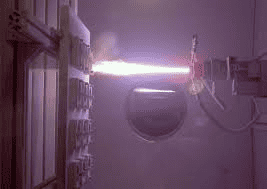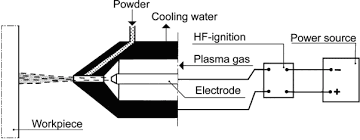The plasma spray application is one of the most popular and versatile methods for coating materials, especially metals. It is also referred to as the hot metal process or a vortex tube process. This process uses a high-pressure stream of gas (usually nitrogen) that is directed at an electrically conductive material with a thin layer of a highly conductive material, such as an insulating material, on top of it. The plasma (or neon) stream is produced by passing an electric arc through a small gap in the barrier, creating a spark between the two. This tricky purpose is well understood by Poeton.

The common use of this process is for the coating of metal surfaces with non-conductive materials such as plastics, paint, and metal sheets. Though this process has been around for a long time, it was not until recently that its applications were revolutionised by the introduction of aps that are specifically designed to coat surfaces without any interactions with other metals. Polymer materials commonly used in these applications include polyethylene, polypropylene, and polystyrene.

The application of aps is based on the principle that the plasma (or neon) is able to penetrate many layers of a material with only the electric charge of the stream acting as a barrier. The actual penetration of the plasma spraying coating depends on several factors such as the thickness of the coating to be sprayed, the amount of the charge to be infused, and the rate of heating of the gas stream. There are also a couple of coatings that use a high index of refraction for greater dispersion of the gas stream so that a greater area is covered with the coating. Another type of ads coating is made up of several layers of a composite material such as polyester with small amounts of epoxy or fiberglass. The various types of coating are: cold spray, hot spray, and hybrid.